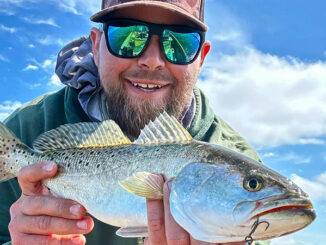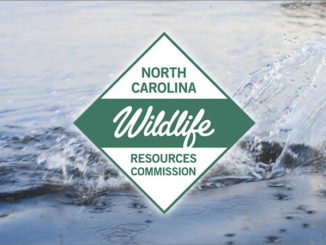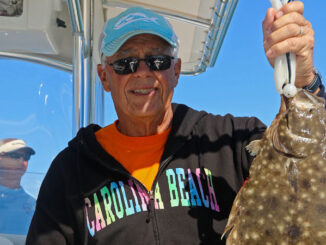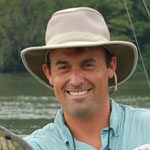Shrimp are No. 1 fall bait, lure for specks
(Photo by Jeff Burleson)
Little crustaceans are big baits when fall arrives and trout get particular

The stable weather of May gets redfish and speckled trout consistently active in South Carolina’s lowcountry. […]

Here’s a look at the Pechmann Center’s fishing course schedule for May 2024. […]

A lot of controversy surrounds North Carolina’s flounder fishery. Will it get any better? […]

Copyright 1999 - 2024 Carolina Sportsman, Inc. All rights reserved.
Be the first to comment